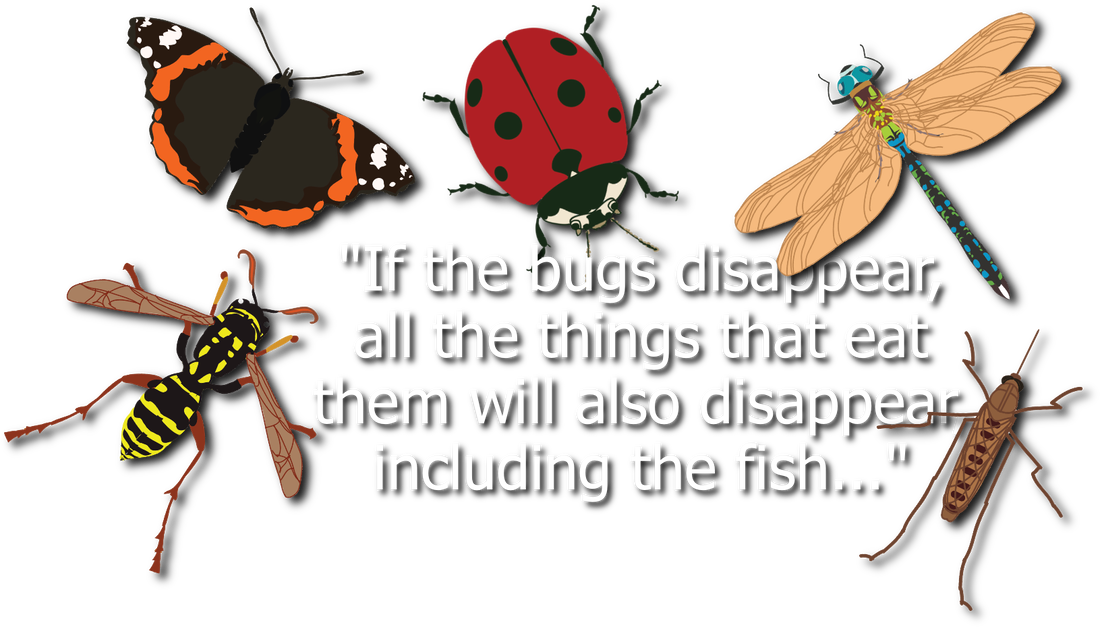|
GPS Coordinates to the Oregon Hatchery Research Center: 44.4039218, -123.75288
|
EXPERIENCE > YOUTH ACTIVITIES > CITIZEN SCIENCE
On the banks of Fall Creek just outside the small Oregon town of Alsea, students from Waldport High School struggle to pull on rubber boots and hip waders. For many of these teens, today’s visit is their first time to the creek, their first time handling some certain tools and technology, their first time engaged in scientific inquiry and citizen science. Inquiry is the natural human process of asking questions and seeking answers. It is something we all do as part of our normal routines. For scientists, however, inquiry can be a very diverse process used to study the natural world and propose explanations for various phenomenon based on collected evidence. As a result, inquiry can be a very active business, requiring the researcher to work outdoors in all kinds of weather conditions, gather samples, record observations and test hypotheses. |
Kama Almasi, the science teacher at Waldport High, comes to Fall Creek every year because of its near pristine condition and the proximity of the Oregon Hatchery Research Center (OHRC). A member of the Oregon Coast STEM Hub, the OHRCregularly facilitates these kinds of hands-on science activities for local students, combining simple field work activities with laboratory experiments. Today’s lesson requires the Waldport students to wade into the stream to collect macroinvertebrates — often called “bugs” by those teens who can’t remember the longer, more descriptive word. Although there are many examples of macroinvertebrates, including worms, crayfish, snails, clams and insects, the students will concentrate on finding four specific species including caddisflies. Once the students have collected these tiny animals from the stream, they will be sorted and counted by species and results will be compared between teams. In the end, the abundance of macroinvertebrates will indicate if Fall Creek is a healthy ecosystem.
“The bugs are important because they’re what the fish eat,” Alyssa Loyd, 15, told the Oceanscape Network. “If the bugs disappear, all those things that will eat them also disappear including the fish.”
“The bugs are important because they’re what the fish eat,” Alyssa Loyd, 15, told the Oceanscape Network. “If the bugs disappear, all those things that will eat them also disappear including the fish.”
A decline in the numbers or variety of macroinvertebrates might ultimately impact the coho salmon which return to the creek by the hundreds every fall to spawn. This will have a cascading effect, impacting many other animals (including people) which rely on the salmon as an important food source.
“Lots of people around here fish for recreation or because it’s their job,” Elizabeth Remund, 15, observed. “They may rely on the fish from this stream either to eat or to live so it’s important to keep the stream healthy.”
Besides looking at the “bug” populations, the students also tested the creek water for temperature, turbidity and pH balance using both high and low-tech instruments provided by Almasi. It’s likely that global climate change will impact even places as secluded as Fall Creek, so tests like these will help the OHRC monitor systematic changes which may affect both wildlife and human residents of the area.
So how did the students feel about their foray into inquiry-based science and field work? The consensus appeared to be overwhelming enthusiastic, despite their struggles with the rubber boots and the shock of stepping into the cold water.
“Even though it was cold, it’s so much more fun to get out here and actually participate,” said Remund.
To learn more about OHRC’s educational programs, visit their website or call (541) 487-5510.
Related Features: Life at the Oregon Hatchery Research Center | Youth Activities: Climate Change Action
“Lots of people around here fish for recreation or because it’s their job,” Elizabeth Remund, 15, observed. “They may rely on the fish from this stream either to eat or to live so it’s important to keep the stream healthy.”
Besides looking at the “bug” populations, the students also tested the creek water for temperature, turbidity and pH balance using both high and low-tech instruments provided by Almasi. It’s likely that global climate change will impact even places as secluded as Fall Creek, so tests like these will help the OHRC monitor systematic changes which may affect both wildlife and human residents of the area.
So how did the students feel about their foray into inquiry-based science and field work? The consensus appeared to be overwhelming enthusiastic, despite their struggles with the rubber boots and the shock of stepping into the cold water.
“Even though it was cold, it’s so much more fun to get out here and actually participate,” said Remund.
To learn more about OHRC’s educational programs, visit their website or call (541) 487-5510.
Related Features: Life at the Oregon Hatchery Research Center | Youth Activities: Climate Change Action






